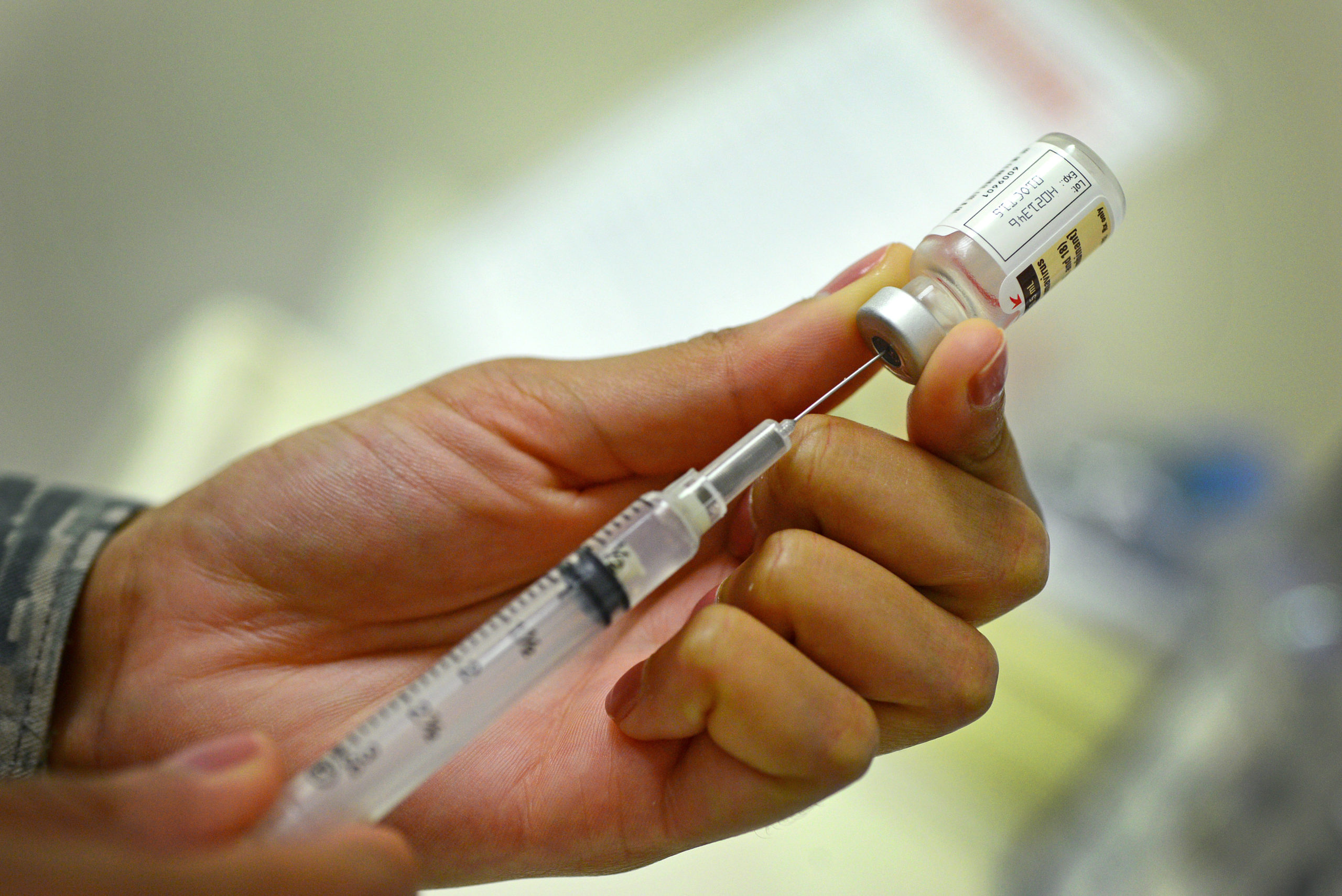Due to recent measles outbreaks in Cobb County, Kennesaw State officials have set procedures in place in the event of an outbreak at the university.
KSU Medical Director for Student Health Services Dr. Megan Bowles said that as of now, there have been no reported cases of measles among the KSU population.
Despite this, Bowles explained that KSU has procedures in place if a student were to have the disease.
“KSU would work in conjunction with the [Georgia] Department of Public Health, as measles is a notifiable illness with the public health department,” Bowles said. “Specifically, KSU would work with Cobb and Douglas Public Health Department for potential testing, treatment, contact tracing and communication during suspected and/or confirmed cases of measles. We have a Measles Emergency Operating Plan, which is part of our overall KSU Public Health Response Plan.”
Bowles said that students in the closest contact with someone with measles will be contacted by the Georgia Department of Public Health. The health department would help KSU officials decide whether to cancel classes if there is an outbreak on campus, she said.
A confirmed case of measles at Mabry Middle School in Cobb County was initially reported in late October, according to 11alive News.
It is estimated that the infected individual had exposed others to the virus between Thursday, Oct. 31, and Wednesday, Nov. 6, according to the Marietta Daily Journal.
Health officials urged parents of students at Mabry Middle school to keep their children at home if they are unvaccinated until Monday, Nov. 25, according to 11alive News.
Soon after the middle school student was diagnosed, three more measles cases were reported in Cobb County Friday, Nov. 15, according to the AJC. The three cases were family of the student, with one confirmed to be an adult.
As of Nov. 15, there have been 11 cases of measles reported in the state of Georgia this year — more than the previous decade combined.
Measles is an infectious disease caused by a virus, according to MedlinePlus. It spreads easily from one person to another and causes a blotchy red rash. The rash often starts on the head and moves down the body.
Measles lives within the throat and nose mucus of the infected, according to the Centers for Disease Control and Prevention. The virus is spread through coughing and sneezing. Measles is highly contagious and can remain on surfaces or in the air for up to two hours. The virus has the potential to infect 90 percent of those who come in contact with someone who has it, according to the CDC.
Those who are infected are encouraged to drink fluids and take medication to ease their symptoms, Bowles said.
“There is no specific antiviral therapy for measles,” Bowles said. “Medical care is supportive, helps to relieve symptoms and address complications such as bacterial infections. Examples of supportive care includes fluids, ibuprofen and Tylenol.”
Within three days of exposure, white spots will form in the victim’s mouth, according to the CDC. After three to five days, rashes begin to appear on the hairline and spread to the rest of the body. Symptoms appear within seven to 14 days of exposure. Those with the illness may exhibit fever, cough, runny nose, conjunctivitis, aches and white spots in their mouth.



